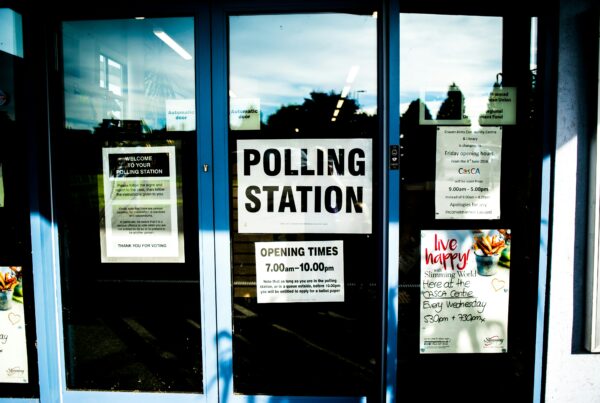 FPC’s Independent Economic Consultant, Peter Stanyer explains how the Chancellor plans to encourage economic transformation and reduce tax payer support with the Job Support Scheme.
FPC’s Independent Economic Consultant, Peter Stanyer explains how the Chancellor plans to encourage economic transformation and reduce tax payer support with the Job Support Scheme.
The COVID-19 pandemic and its restrictions on economic activity have had enormous impacts throughout the world on government finances, household spending and employment. Many industries have been adversely impacted, and further rises in unemployment and business failures are still expected in many countries. A few industries have thrived in this crisis (sometimes thanks to government support) and the pace of change in patterns of demand seems extraordinary. In the words of one investment house “the future is accelerating towards us”. The pattern though is very patchy.
In the UK, on September 24th, the Chancellor announced a replacement for the employment protecting Furlough scheme which ends in October. The furlough scheme is acknowledged as having been successful in bridging the financial chasm confronted by many firms and individuals as lockdown forced a collapse of incomes. Its replacement, the Job Support Scheme, is intended to smooth the way to a revived economy with changed patterns of employment. The pace of economic transformation appears remarkable and the Chancellor seems determined not to fossilise economic inefficiency by subsidising out-dated patterns of employment. The new scheme is designed to support only viable jobs and not to keep in employment everyone who had a job before the pandemic lockdown of March 2020. This is why the Labour party did not get a straight answer to the question on whether the new policy was designed to keep two people in tax-payer subsidised part time work if an employer only sees one role as viable. Meanwhile, across the UK, there are still restrictions (for example on hospitality venue opening hours) which effectively keep closed some businesses and for whom the future at the moment looks bleak.
The new scheme is markedly less generous than the Furlough scheme. It will run for 6 months from November, and helps to encourage part time working (of at least one third of usual hours), with the cost of hours not worked being split between the employer, the government and the employee. For example, if the employee works 40% of normal hours, they would take home 80% of normal earnings, with the cost split 60 to the employer and 20 to the government. The cost to the taxpayer of the various measures announced on September 24th is expected to total around £10bn, of which the part time work scheme is expected to cost less than £6bn, and an extension to 5% VAT rate to end March for the leisure, hospitality and hotel industry to cost less than £1bn.
In a normal year, these would be quite large amounts, but in the context of the expected £400 bn budget deficit for the year ending next April, this is little more than a rounding error, even though they are important measures. The Chancellor may hide cold calculations, but worst of all for the medium term public finances would be for viable future tax payers to be forced out of business by the COVID-19 restrictions. Losing too many future sources of wealth generation would soon start to increase the burden on the rest of the economy of servicing the substantial increase in the national debt.
Visit the official Government website for more information and resources for the Job Support Scheme and the Winter Economy Plan.





